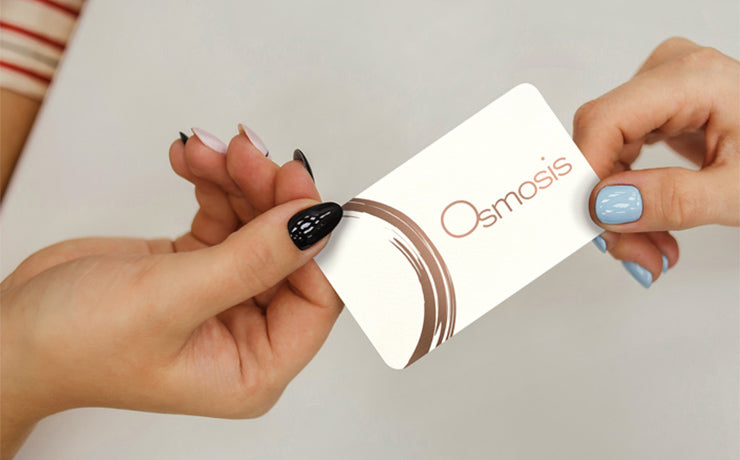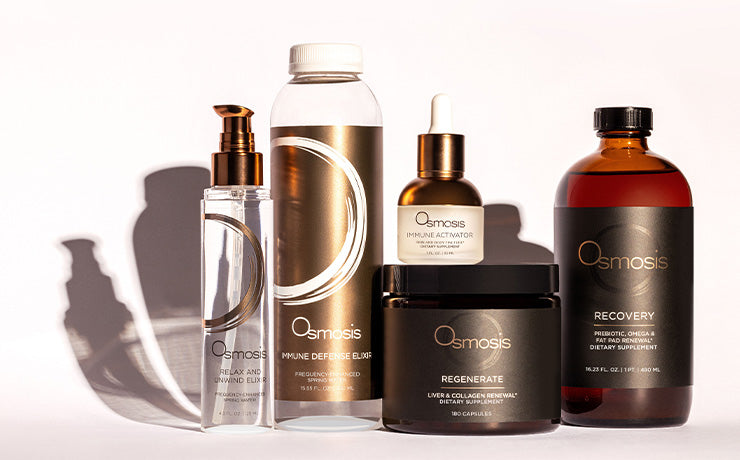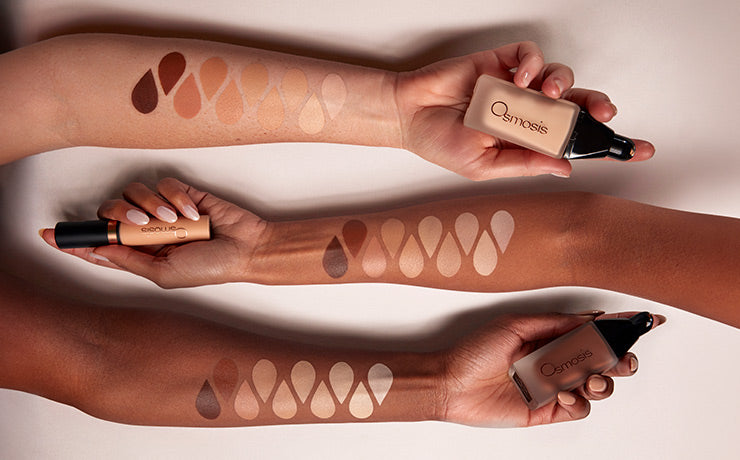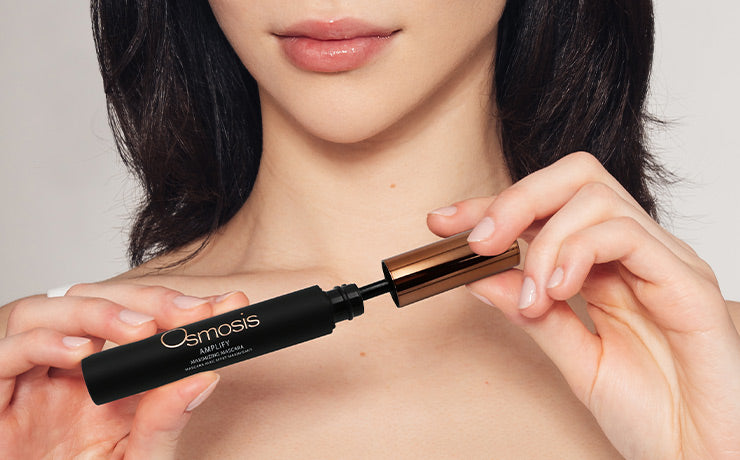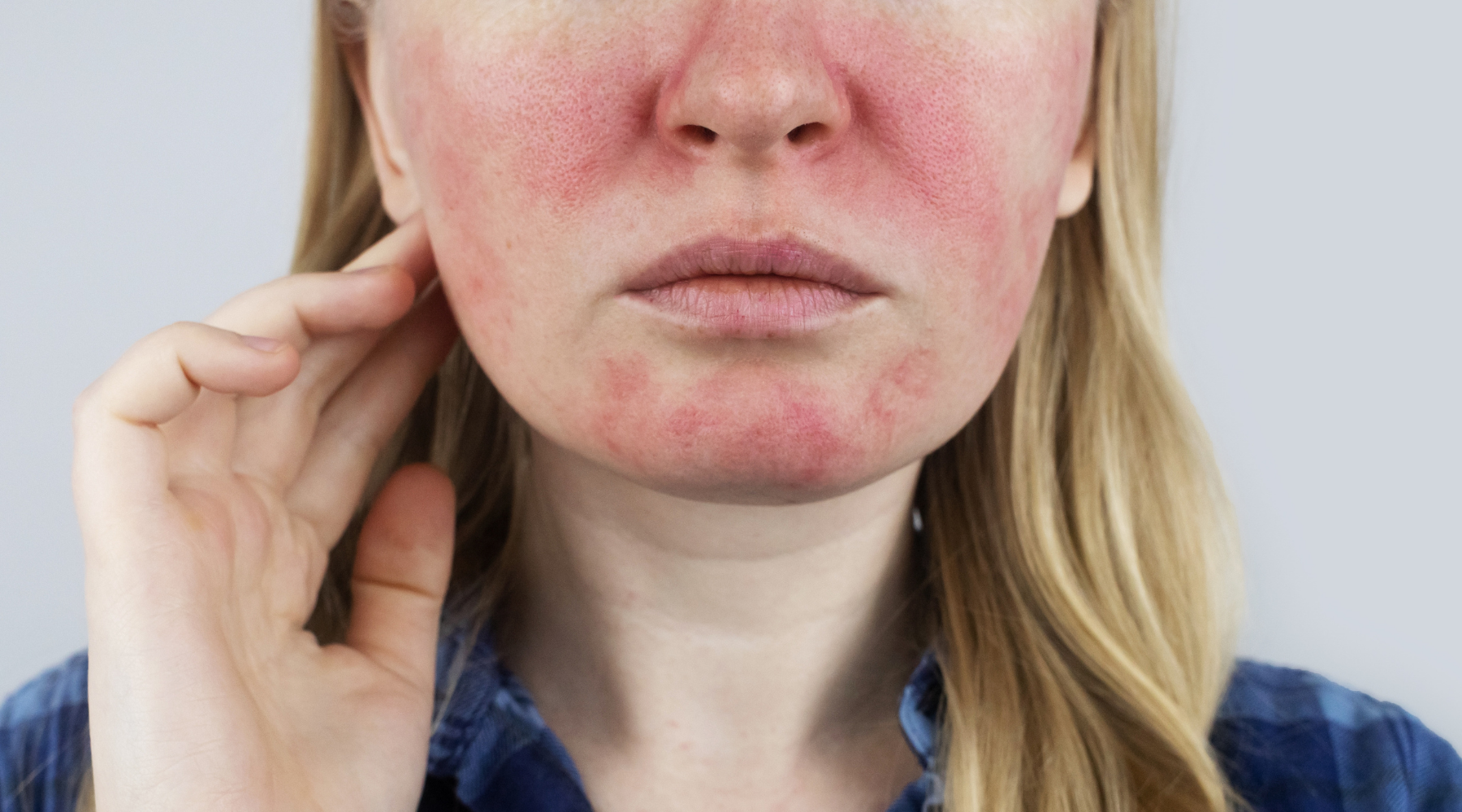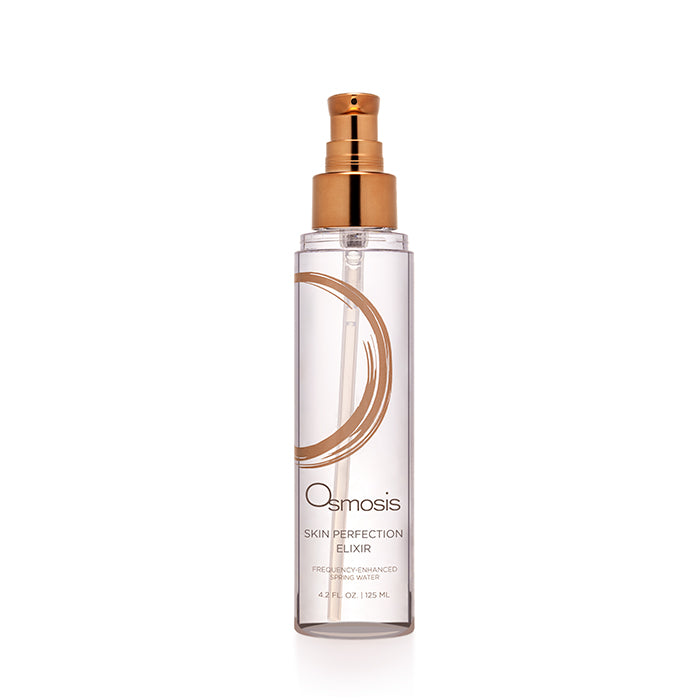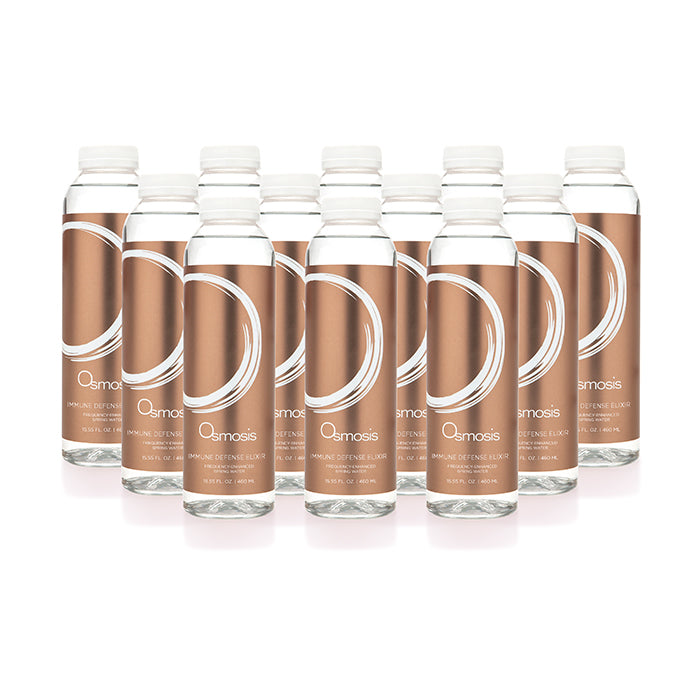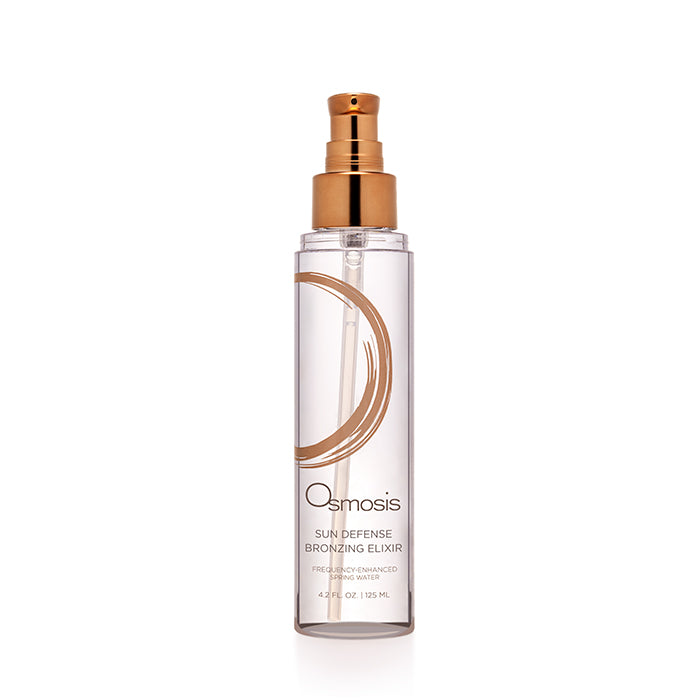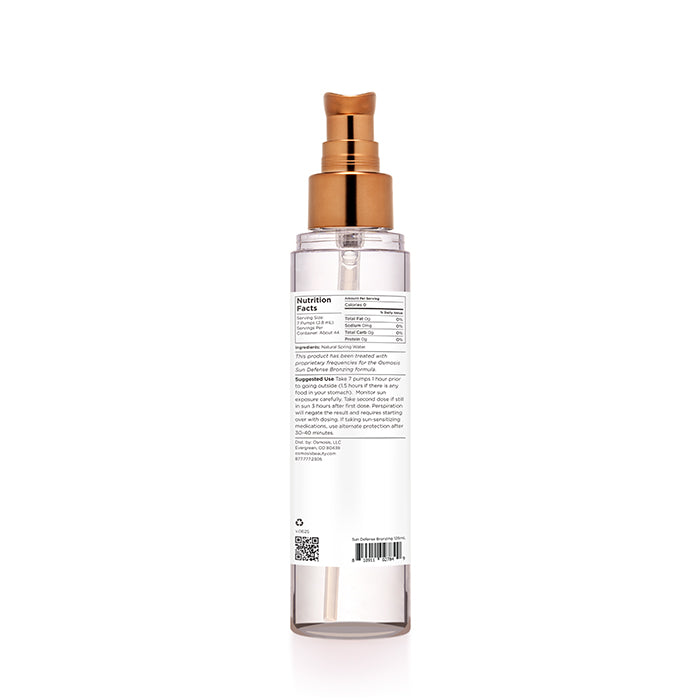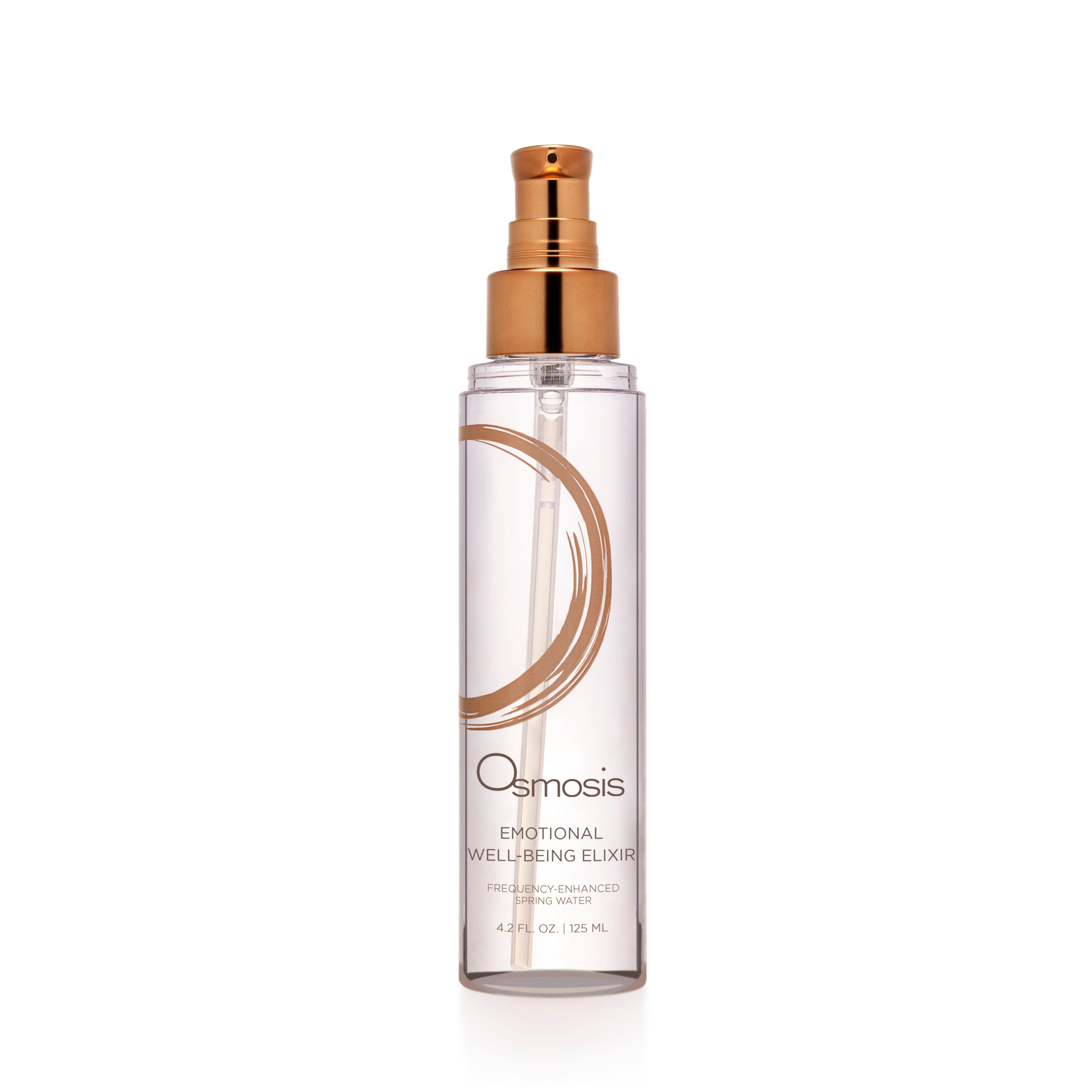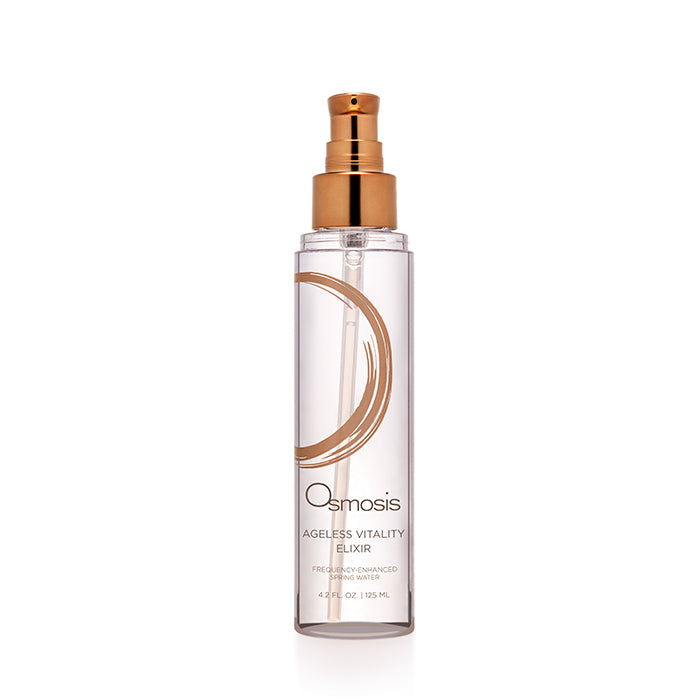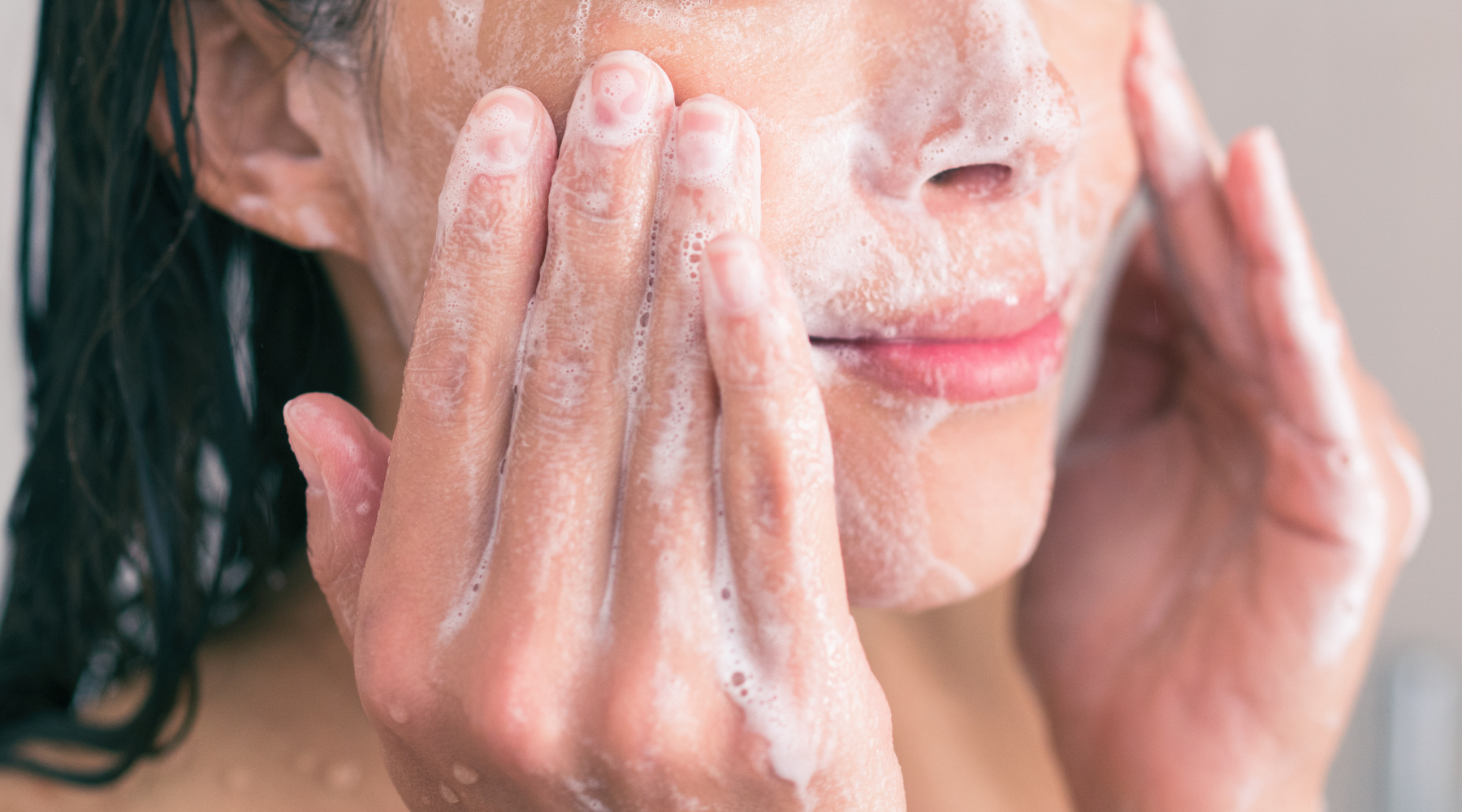
Facial Cleanser Ingredients You Should Avoid for Healthier-Looking Skin
Choosing a facial cleanser seems simple, right? You want something that leaves your skin feeling clean and fresh. But have you ever stopped to wonder what’s really in that bottle, and how those ingredients affect your skin? Many common cleansers contain ingredients that can do more harm than good, leading to dryness, irritation, and a disrupted skin barrier.
If you're asking, "What ingredients should I avoid in a facial cleanser?" you're taking a crucial step toward healthier, happier skin. Understanding what to sidestep is just as important as knowing what to look for. Let's dive into the world of cleanser ingredients so you can make informed choices.
The Impact of Cleanser Ingredients
The primary job of a facial cleanser is to remove dirt, oil, makeup, and impurities from the skin's surface. But how it achieves this matters immensely.
Why What's in Your Facial Cleanser Matters
It's not just about getting a lather; it's about what that lather leaves behind – or takes away.
Effective Cleansing vs. Stripping Your Skin
An effective cleanser should clean your skin thoroughly without stripping it of natural oils and moisture. These natural lipids maintain a healthy skin barrier, protecting from environmental stressors and preventing dehydration. That "squeaky clean" feeling often means your cleanser is too harsh. While satisfying in the moment, it can lead to problems down the line.
How the Wrong Ingredients Can Disrupt Your Skin Barrier
Harsh ingredients compromise your skin barrier, leaving skin more vulnerable. Consequences may include:
- Increased dryness and flakiness
- Redness and irritation
- Heightened sensitivity to other products
- Breakouts when natural defenses are weakened
Top Ingredients to Sidestep in Your Facial Cleanser
Knowledge is power. Watch out for these common culprits:
Harsh Sulfates (SLS/SLES)
Sodium Lauryl Sulfate (SLS) and Sodium Laureth Sulfate (SLES) are detergents that create a foamy lather but strip natural protective lipids, leaving skin tight, dry, and irritated, especially if sensitive or dry.
Look out for: Sodium Lauryl Sulfate, Sodium Laureth Sulfate
Certain Alcohols: The Dehydrators
Short-chain alcohols like SD alcohol, denatured alcohol, and isopropyl alcohol can be very drying, disrupt the skin barrier, and lead to dehydration.
Look out for: Alcohol Denat., SD Alcohol, Isopropyl Alcohol (especially high on the ingredient list)
Artificial Fragrances & Dyes
Synthetic fragrances and dyes can cause sensitivity and allergic reactions. "Fragrance" or "Parfum" may hide irritating chemicals.
Look out for: Fragrance, Parfum, FD&C or D&C followed by a color and number
Parabens
Used as preservatives, parabens may disrupt hormones or act as allergens for some individuals. Many brands, including Osmosis, formulate without them.
Look out for: Methylparaben, Propylparaben, Butylparaben, Ethylparaben
Abrasive Physical Scrubs (in daily cleansers)
Rough physical exfoliants like crushed nut shells or large beads can create micro-tears if used daily. Gentle exfoliation is better done with a dedicated product.
Look out for: Walnut Shell Powder, Apricot Seeds (if not finely milled)
Formaldehyde-Releasers
Some preservatives release formaldehyde, which can concern sensitive individuals. Levels are typically low, but caution is advised.
Look out for: DMDM hydantoin, imidazolidinyl urea, diazolidinyl urea, quaternium-15
Becoming a Savvy Cleanser Shopper
Decoding ingredient lists can feel like a new language, but these tips help:
Understanding INCI Lists
Ingredients are listed in descending order of concentration. Problematic ingredients high on the list are more concerning.
Common Names vs. Chemical Names
INCI lists use scientific names. Look up unfamiliar ingredients via resources like the EWG Skin Deep Database.
What to Look For Instead: Choosing a Cleanser That Loves Your Skin
Gentle Surfactants That Respect Your Skin
Milder cleansing agents derived from coconut or sugar (Coco-Glucoside, Decyl Glucoside, Sodium Cocoyl Isethionate) cleanse effectively without stripping.
Hydrating and Soothing Botanicals
Aloe vera, chamomile, green tea extract, calendula, and glycerin provide soothing, antioxidant, and moisturizing benefits.
The Beauty of a Well-Formulated Cleanser
Osmosis Purify Enzyme Cleanser uses gentle citrus and bromelain enzymes to lift impurities while respecting the skin’s balance, leaving skin soft, refreshed, and healthy.
Making the Switch: Your Journey to a Healthier Cleanse
Switching to a gentler cleanser can improve your skin's health and appearance. Pay attention to how it feels—comfortable, balanced, and hydrated versus tight or dry. Studies, such as in the International Journal of Cosmetic Science, show strong surfactants like SLS can cause irritation, highlighting the importance of mild alternatives.
Featured Snippet Answers
- What are harsh ingredients in cleansers? Sulfates (SLS/SLES), drying alcohols, artificial fragrances, parabens, and abrasive scrubs can strip oils and damage the skin barrier.
- How do I choose a gentle facial cleanser? Look for sulfate-free, mild surfactants (glucosides), soothing and hydrating ingredients (glycerin, botanicals), and avoid artificial fragrances and dyes. Check the ingredient list carefully.

